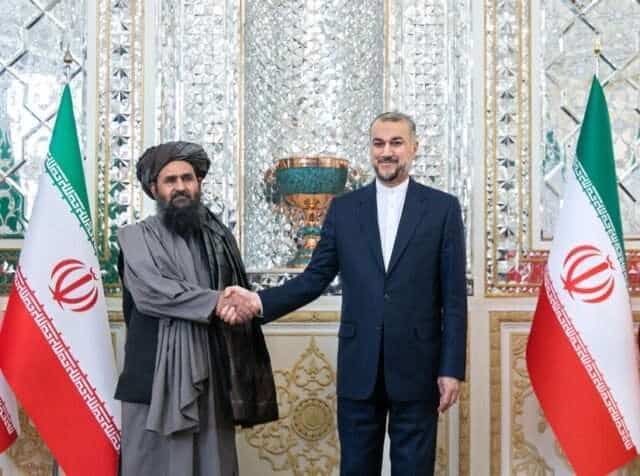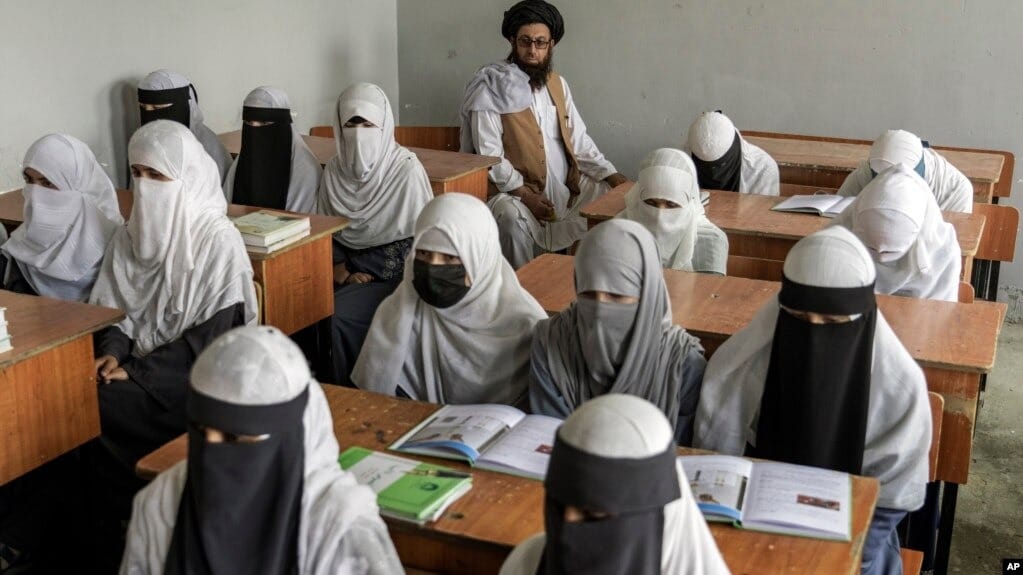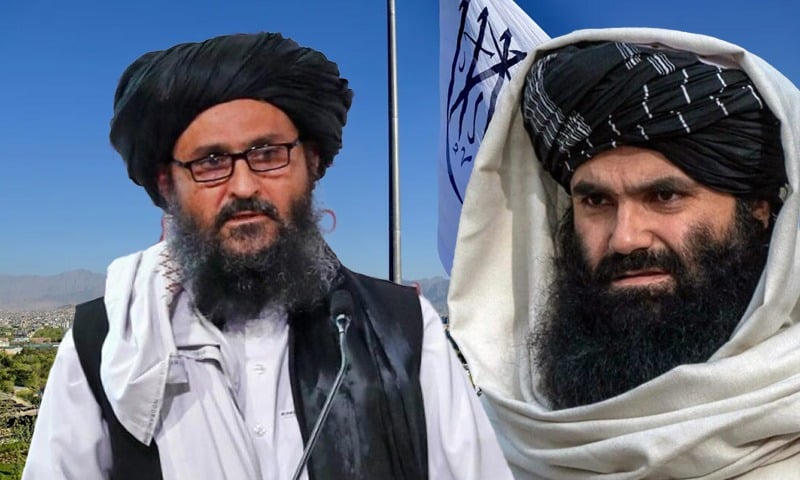Zahir Shah Sherazi
The global media landscape has undergone a profound transformation. What was once dominated by print and traditional electronic media—where editors ensured journalistic balance and adherence to professional standards—has now been overtaken by the unregulated rise of e-media and social platforms. This shift has opened the door for disinformation, bias, and narrative warfare, particularly in volatile regions such as Pakistan and Afghanistan.
One of the most concerning developments in this digital age is the role of diaspora-based content creators—especially those in Europe and the UK—who often choose to spotlight controversial issues like the Durand Line and refugee matters. These issues, when presented out of context or through a politically motivated lens, create dangerous misunderstandings and widen the gap between Pakistan and Afghanistan. This feeds into a long-standing narrative, dating back to the Cold War, that Pakistan seeks to exert control over Afghanistan—a claim that continues to be promoted under the guise of activism.
The region has long served as a proxy battlefield for larger geopolitical interests, but in today’s world, the battleground has shifted to cyberspace. YouTubers and other influencers—motivated by the promise of high viewership and monetization—play a critical role in this conflict. Many of them exploit sensitive issues involving Pakistan, the Pakistan Army, and the Pashtun community not to inform, but to sensationalize and profit.
More worrying is the question of who funds and supports these digital platforms. Evidence increasingly suggests that hostile foreign agencies—particularly India’s, and in some cases actors from the Middle East—are involved in propping up anti-Pakistan narratives. Their goal is clear: to disrupt peace in regions like Balochistan and the tribal districts of Khyber Pakhtunkhwa, areas central to Pakistan’s strategic projects such as the China-Pakistan Economic Corridor (CPEC) and the Belt and Road Initiative (BRI).
The strategic interest of foreign media in this region is neither accidental nor benign. Western countries that have no domestic interest in languages like Pashto have nevertheless launched Pashto and Urdu media services. Whether through BBC in Britain, DW in Germany, or various US-backed platforms, these outlets often present a curated view of local affairs, ostensibly focused on human rights and social issues. But a closer look reveals double standards. These same institutions apply different journalistic ethics when covering crises in their own countries or allies—such as in Palestine, Kashmir, or Myanmar—where issues are either underreported or shaped to suit specific geopolitical narratives.
Throughout the War on Terror, these global media outlets often recruited local journalists from Khyber Pakhtunkhwa to lend authenticity to their reporting. However, their underlying objective was not always to present the truth. Instead, it was often to align public sentiment with foreign agendas, manipulating the optics of conflict to generate sympathy for selective actors and undermine others.
This is not merely an issue of perception; it is a matter of national security. The presence of correspondents and media operatives in Pakistan working simultaneously for both Indian and Western outlets raises serious questions. Is Pakistan allowed the same media access in Germany, the UK, or the US? The answer is a resounding no. Pakistani state media is largely limited to diplomatic coverage abroad, while foreign state-funded outlets enjoy broad freedom within Pakistan.
At the heart of the problem lies a lack of strategic coordination among Pakistan’s own media institutions. The inability to craft and disseminate a unified counter-narrative has allowed hostile elements to dominate the digital space. In this era of hybrid warfare—where information is weaponized—Pakistan urgently needs a comprehensive, well-coordinated digital media strategy.
Such a strategy must do more than react. It should proactively engage international audiences, correct misinformation, and amplify voices that represent balanced, fact-based perspectives. Importantly, it must also build credibility by adhering to the same journalistic standards we expect from others.
As the frontlines of warfare extend into the digital realm, the battle for perception is just as critical as the battle on the ground. Without a firm, strategic response, we risk ceding our narrative to forces that do not have our national interest at heart.





